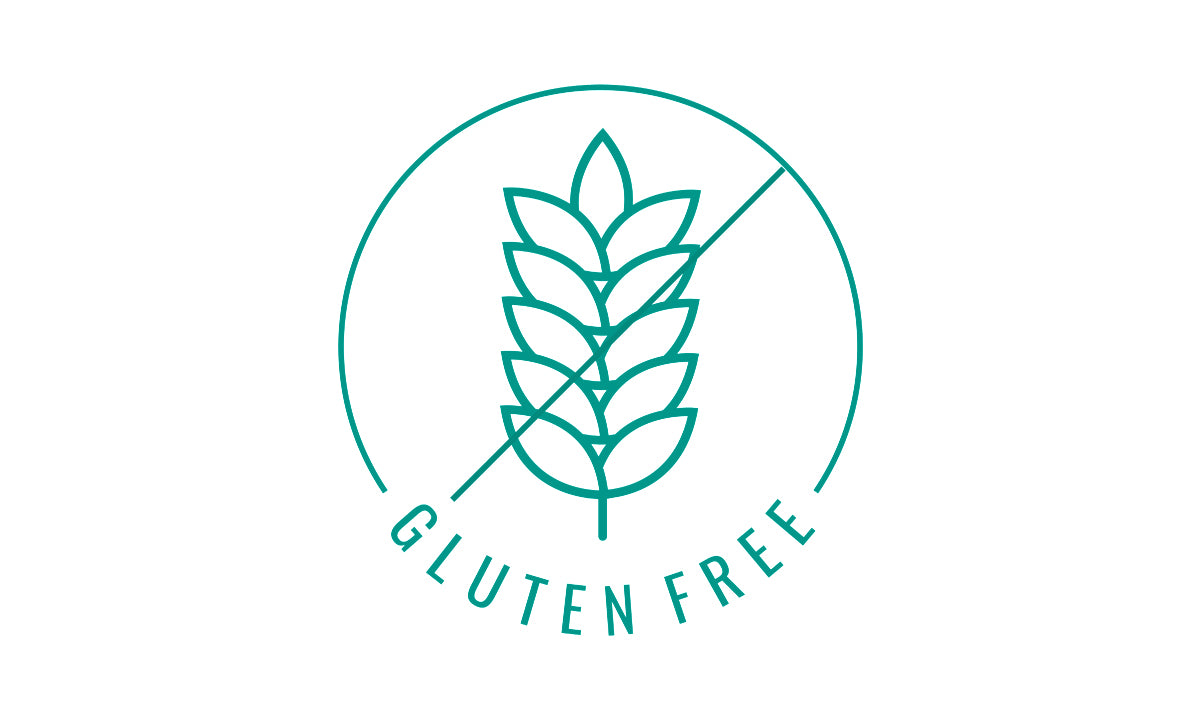Your Cart is Empty
FREE SHIPPING on US orders over $45. Save 25% With Code TAKE25 at checkout.
FREE SHIPPING on US orders over $45. Save 25% With Code TAKE25 at checkout.

Going gluten-free is one of the most popular diet trends in America right now. But does the diet make sense for individuals without a gluten allergy? And can it really solve stubborn skin problems?
Read on for a deeper look into the connection between gluten, the gut, and how it may be affecting your skin.
Let’s start with a brief primer on this controversial culprit. Gluten is a name for the proteins found in wheat and other grains (barley, rye, spelt) that give bread dough its sticky, elastic texture.
Gluten is commonly found in bread, pasta, pizza, baked goods, cereal, sauces, and salad dressings. It can also be found in some places you wouldn’t expect, like imitation meats, ketchup, and ice cream. Because it acts as a glue that holds ingredients together, it’s also sometimes added to cosmetics, shampoo, and toothpaste.
Some people respond to gluten with symptoms like fatigue, intense abdominal pain, constipation, diarrhea, and bloating. This is often diagnosed as celiac disease, which is a genetic, autoimmune disease in which the immune system attacks gluten when it gets into the small intestine. It is typically diagnosed by a blood test or intestinal biopsy.
Other people do not test positive for celiac disease but still react negatively to gluten. This condition is referred to as gluten sensitivity (or non-celiac gluten sensitivity). Symptoms are similar to celiac disease but are not as immediate and arise over time.
There is no way to definitively diagnose gluten sensitivity, but a doctor may make this diagnosis when a person reacts negatively to gluten but does not have celiac disease or other allergies.
Some experts do not recognize gluten sensitivity as a legitimate condition, believing instead that symptoms may be caused by substances other than gluten. Further research is needed to determine whether a gluten-free diet is appropriate for people without celiac disease.
If you’re not sensitive to gluten, it’s unlikely that gluten is to blame for any skin imperfections that arise.
However, several skin conditions have been linked to celiac disease, specifically dermatitis herpetiformis, which causes an itchy, blistering skin rash.
In sensitive individuals, gluten has also been known to cause acne, dermatitis, eczema, rosacea, and other skin rashes.
Below are some of the most common issues caused by gluten intolerance.
People with celiac disease develop inflammation and damage in their intestinal tracts when they eat foods containing gluten. When exposed to inflammatory triggers like gluten on a regular basis, they may also experience inflammation and irritation on the skin.
Following a gluten-free diet is necessary to eliminate the inflammation, as well as the symptoms.
Inflammation in the body causes additional oxidation, which can be a big contributor to premature aging. When oxidation happens in the skin, cells lose their ability to function normally. This results in deeper wrinkles, more fine lines, and collagen breakdown.
More research is needed on the direct impact gluten intolerance has on the skin, but the connection between the gut and skin health has been studied extensively.
In sensitive individuals, gluten damages the lining of the small intestine, allowing toxins to leak from the gut, causing inflammation and disease.
Since gluten-sensitive people cannot properly digest gluten, most are able to find relief by following a gluten-free diet.
If you’ve ever had a burger wrapped in lettuce instead of a bun, you already know what you’re doing!
To keep skin youthful and glowing, you can’t ignore your diet. If you decide to go gluten-free (or even just cut down the amount of gluten in your diet), there are three things you’ll want to keep in mind.
Of course, you should always consult your doctor before making any major diet or lifestyle changes. According to Harvard Medical School, avoiding gluten may not make sense for you unless you have a true gluten intolerance — and avoidance may even make it more difficult to determine whether or not you do. Once a person has avoided gluten for a while, it becomes harder to establish whether the problem is celiac disease, gluten sensitivity, or neither.
For more on the best foods to eat for healthy skin, check out our guide to good nutrition and skin health.